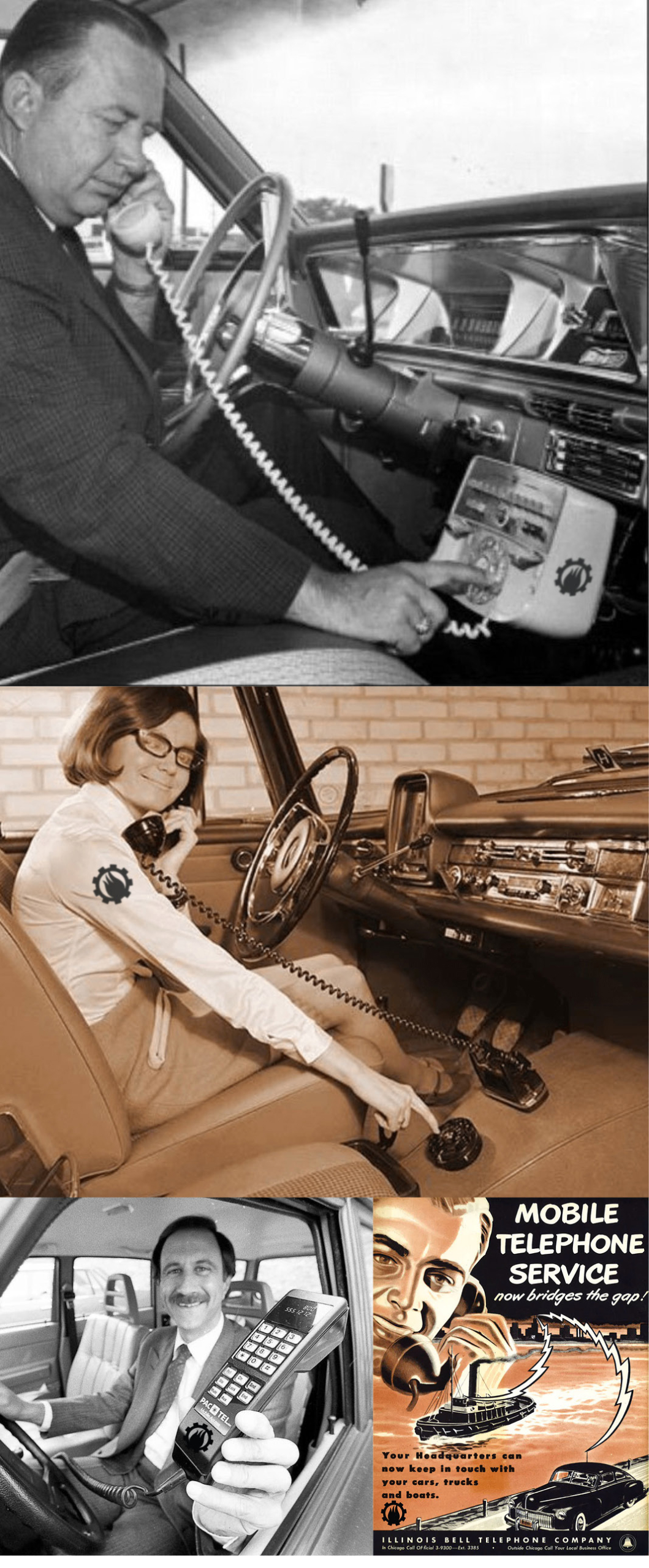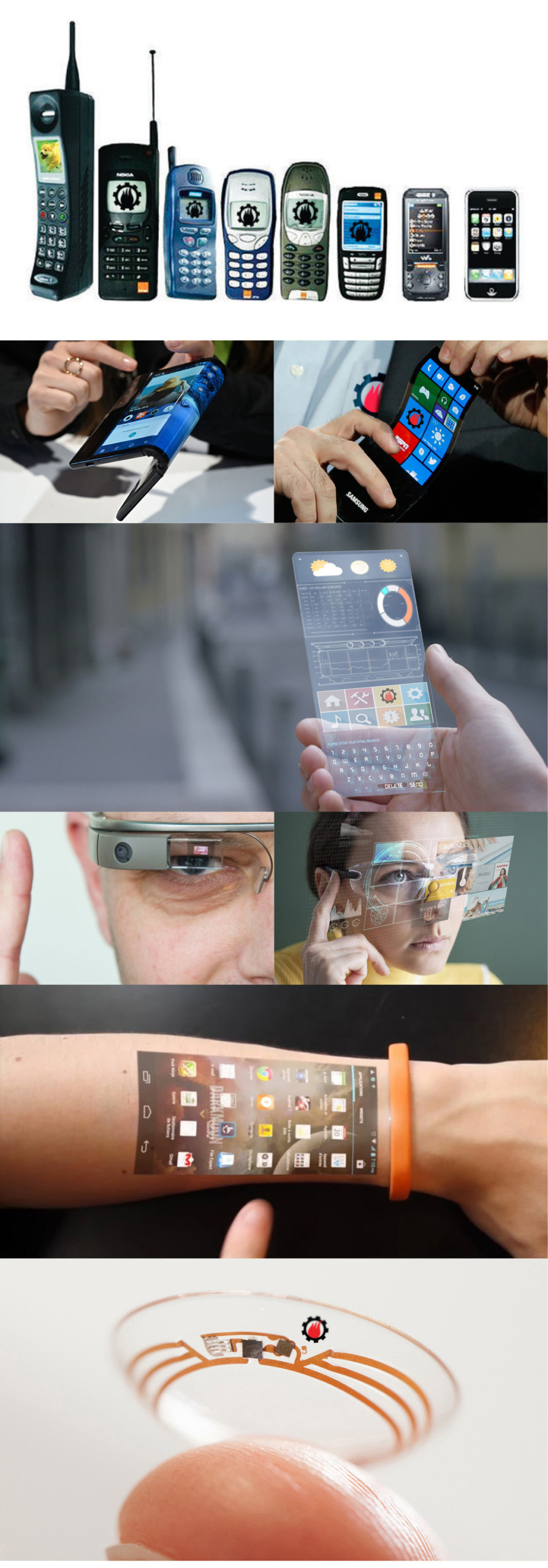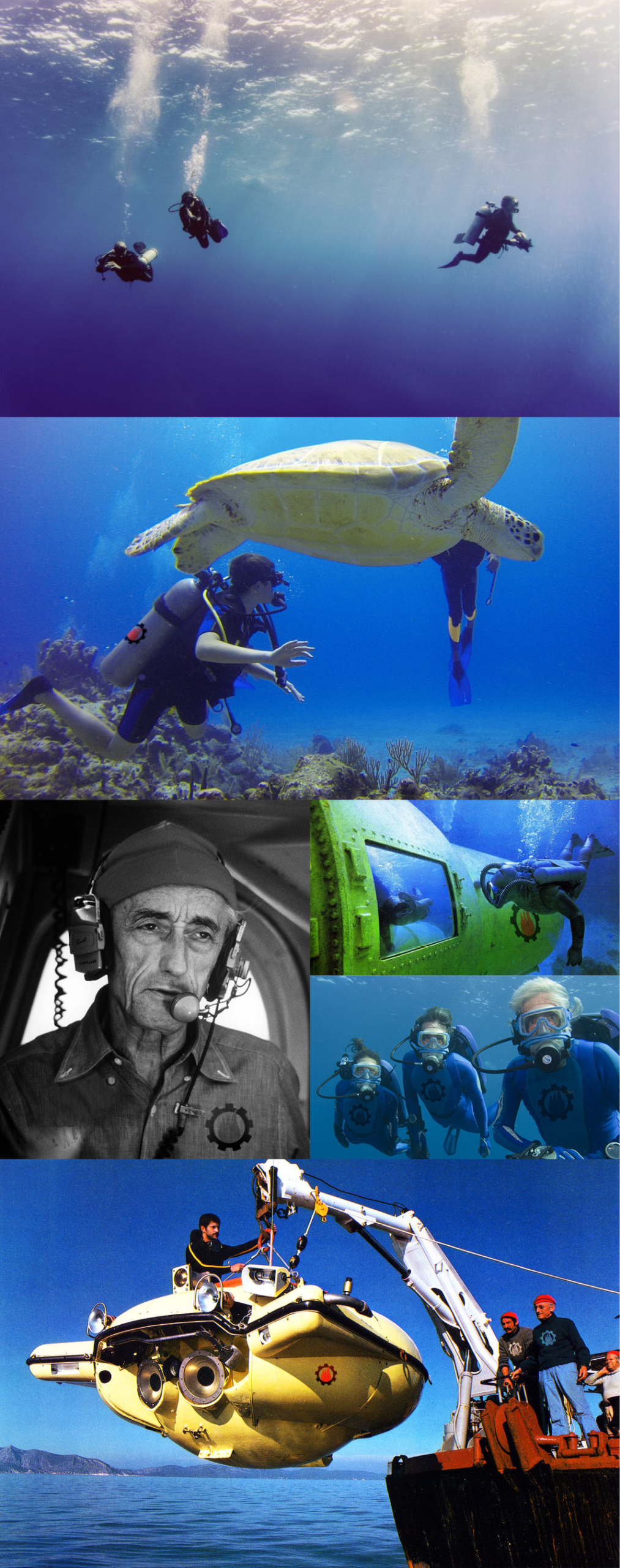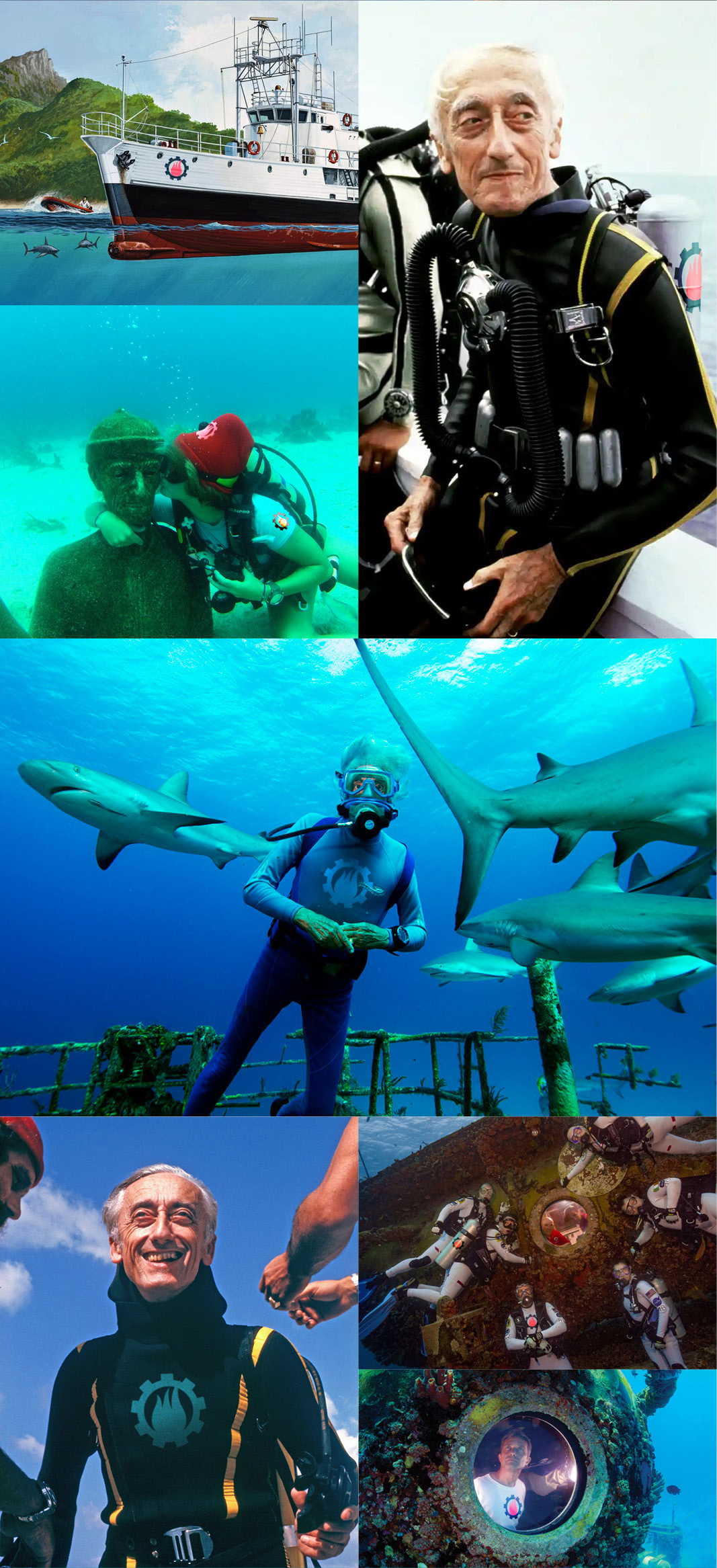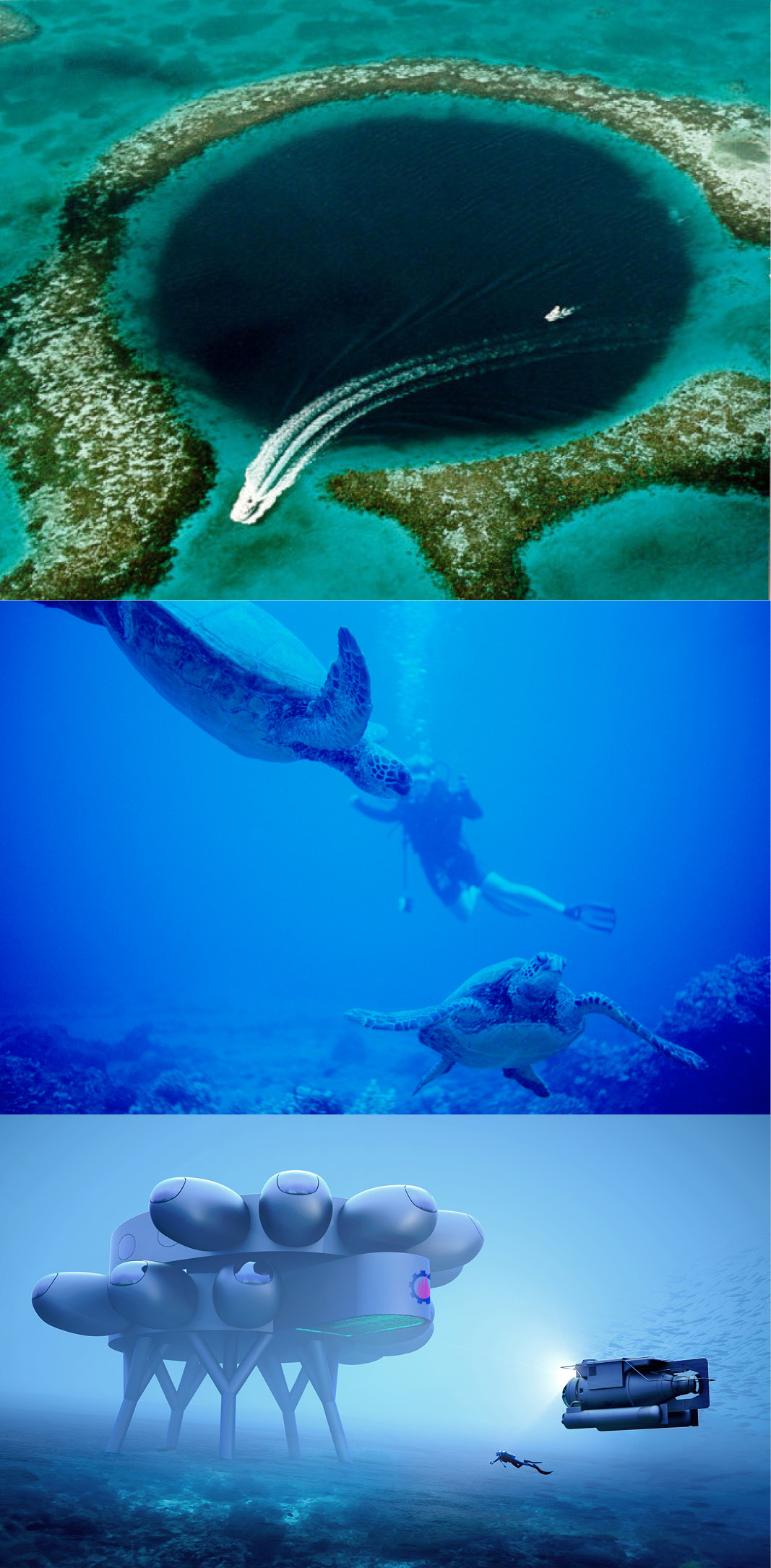WOW

Since its’ completion in 1965, the Gateway Arch has been a must-see monument to our westward expansion. And an opportunity to have fun with photography & Photoshop. :))))))))))) Read on and be sure to check out the video link at the end. It shows the ride to the top of the gateway arch in a tram which is a mix between an elevator, a tram and a Ferris wheel. And the gateway to the west museum. What an engineering marvel!!! What a country we live in!!!!!
Splendid. Impressive. Enormous. Majestic. I could go on. Having just returned from the Fall ’21 Heat Treating Show in St. Louis, (special shout out to all my peeps who took time to visit Peggy and I at the booth – so nice to interact with other humans face to face the old school way) one thing that is stuck in my “so, how was the show” response is the famous St. Louis Arch. It is really something. Not only does it match up with my love of engineering and architecture, it also triggers my love of PIA (Pain In The @%$) Jobs! – think about that first meeting – “hey Gang, let’s build a curving stainless steel monument to America’s westward expansion, make it the tallest in the world, and design it using about 900 tons of materials. Buy the land – check. Make some drawings – check. Hire some engineers and builders – check. Work really hard to finish a structure that’s 630 feet long that visitors can travel INSIDE and then see about 30 miles off in each direction – WHAT? It’s so cool, during my stay I made time to go for a run around downtown St. Louis making sure to go around the arch – simply awe inspiring especially in the dark! So, I just had to do some info digging and share with you. Enjoy! Special thanks to traveltrivia.com, Wikipedia and for the info.
The Gateway Arch is a 190-metre (623 ft) monument in St. Louis, Missouri, clad in stainless steel and built in the form of a weighted catenary arch. It is the world’s tallest arch and Missouri’s tallest accessible building.
Built as a monument to the westward expansion of the United States and officially dedicated to “the American people”, the Arch, commonly referred to as “The Gateway to the West” is the centerpiece of Gateway Arch National Park and has become an internationally recognized symbol of St. Louis, as well as a popular tourist destination.
The Arch was designed by Finnish-American architect Eero Saarinen in 1947; construction began on February 12, 1963 and was completed on October 28, 1965 at an overall cost of $13 million (equivalent to about $100 million today). The monument opened to the public on June 10, 1967 and is located at the site of St. Louis’s founding on the west bank of the Mississippi River.
The search for an architect for a new monument at the Jefferson National Expansion Memorial took the form of a competition. Among the 170-plus submissions received in the 1947 contest was a design from acclaimed Finnish-American Eriel Saarinen featuring a tall stone gate. His son Eero also entered. Several months later, a telegram arrived at the Saarinen offices intended to inform Eero that he had made the shortlist; however, it was addressed to Eriel by mistake. Father and son celebrated a family success with Champagne. When the administrative error was discovered, they opened a second bottle and toasted Eero instead, as in the end, it was Eero’s design vision which resonated most with the judging committee.
You’ve probably seen photos where the arch looks taller than it is wide, but it’s an optical illusion. The arch measures 630 feet tall, and if you measure from leg to leg at ground level, that’s also its exact width. But because the shape of the arch draws the eye upwards and narrows as it rises, our brains don’t accurately process the dimensions, and we convince ourselves the arch is taller than it actually is.
The cross-sections of the arch’s legs are equilateral triangles, narrowing from 54 feet per side at the bases to 17 feet per side at the top. Each wall consists of a stainless steel skin covering a sandwich of two carbon-steel walls with reinforced concrete in the middle from ground level to 300 feet (91 m), with carbon steel to the peak. The arch is hollow to accommodate a unique tram system that takes visitors to an observation deck at the top.
The structural load is supported by a stressed-skin design. Each leg is embedded in 25,980 short tons (23,570 t) of concrete 44 feet thick and 60 feet deep. Twenty feet (6.1 m) of the foundation is in bedrock.
Saarinen’s monument is the centerpiece of Gateway Arch National Park, dating back to 1935, when the National Park Service created a space to represent Thomas Jefferson’s vision of a transcontinental United States and St. Louis’ role as a gateway for westward expansion. Jefferson believed the American West was worth exploring, and not the empty wilderness that some of his contemporaries believed it was. During his presidency, he secured the Louisiana Purchase and sent Lewis and Clark to map the Missouri River and find a way beyond the Rockies to the Pacific Ocean.
The original name for Gateway Arch National Park was the Jefferson National Expansion Memorial. The arch itself came several decades later, constructed between 1963 and 1965. It stands between the Mississippi River and the Old Courthouse, where the landmark Dred Scott case was tried. The monument honors both Jefferson and Scott and is dedicated to “the American people” overall. Six themed exhibits trace key events in U.S. history from 1764 to 1965, celebrating America’s pioneering spirit and the impact of westward expansion on landscapes and communities.
The arch is engineered to resist earthquakes and sway up to 18 inches in either direction, while withstanding winds up to 150 miles per hour (240 km/h). The structure weighs 42,878 short tons (38,898 t), of which concrete composes 25,980 short tons (23,570 t); structural steel interior, 2,157 short tons (1,957 t); and the 6.3mm thick grade 304 stainless steel panels that cover the exterior of the arch, 886 short tons (804 t). This amount of stainless steel is the most used in any one project in history – (they should have called me to do the heat treating!!)
The arch is a weighted catenary—as a chain that supports its own weight is purely tension – its legs are wider than its upper section. The geometric form of the structure was set by exact mathematical equations provided to Saarinen by Hannskarl Bandel. A hyperbolic cosine function describes the shape of a catenary. A chain that supports only its own weight forms a catenary; the chain is purely in tension. The catenary arch is the strongest of all arches since the thrust passes through the legs and is absorbed in the foundations, instead of forcing the legs apart.
To get visitors to the top of the arch proved trickier than first thought, as Eero Saarinen demanded a solution that would not alter its exterior appearance. Engineers considered elevators, escalators, and even a Ferris wheel, but none of those options were practical. Finally, Saarinen hired an elevator parking specialist named Dick Bowser and gave him just two weeks to come up with a solution. Bowser presented his idea of a custom-built tram, and the puzzle was solved. Two separate trams operate independently, one inside each opposing leg of the arch, and take four minutes to reach the top. Each tram consists of eight pods and holds five passengers. These pods begin their journey horizontally, suspended from a track above. As the track turns vertical, the pod pivots to ensure passengers remain upright, rotating 155 degrees in total. The trams use a series of cables, counterweights, and other features to function safely.
Though proponents envisioned a project that would revitalize the waterfront and stimulate the St. Louis economy, the plans to build the Gateway Arch National Park were met with opposition. Much of the financing came from federal funds, but some felt the money could have been better spent improving the lives of the people of St Louis instead.
When President Franklin Delano Roosevelt approved the plans in 1935, he set in motion a chain of events which would lead to what one city engineer called “an enforced slum clearance program.” Amid allegations of vote-rigging, the order was given to raze several blocks of riverfront real estate to the ground. They contained many small factories employing around 5,000 blue collar workers.
That wasn’t the end of the controversy. When World War II came, the site stood derelict for a decade. Later, when construction of an interstate kick-started the redevelopment, it initially isolated the park from the surrounding neighborhoods. The issue that wouldn’t be fixed until 2018, when the CityArchRiver project, dubbed the “park over the highway” came to fruition and finally provided a pedestrian link to downtown St Louis.
Several U.S. presidents have visited Gateway Arch National Park, including Lyndon B. Johnson, Richard Nixon, Jimmy Carter, and Ronald Reagan. However, security concerns prevent a U.S. president from actually ascending to the top of the Gateway Arch. (In the confined space of the trams, they’d be vulnerable, but an exception was made in 1967 for Eisenhower).
While construction on the arch was completed in 1965, it wasn’t until July 24, 1967, that the inaugural public ride on the north tram took place. The attraction was then still a work in progress; the south tram wouldn’t be completed until the following year, while the landscaping and the Museum of Westward Expansion were still several years away.
In November 1967, Eisenhower accompanied Dick Bowser to the top of the Gateway Arch, going against the wishes of the Secret Service. Even so, there were certain conditions attached to his rule-breaking journey. It couldn’t be an official part of his itinerary (that way details wouldn’t be published in advance) and he’d have to visit outside regular opening hours to avoid the general public. Eisenhower agreed — and who could blame him for not wanting to miss out on such an experience?
The Gateway Arch is one of the most visited tourist attractions in the world with over four million visitors annually, of which around one million travel to the top. The arch was listed as a National Historic Landmark on June 2, 1987 and is also listed on the National Register of Historic Places.
VIDEO OF THE ARCH, TRAM AND MUSEUM
Construction of the Gateway Arch, St. Louis program (1965) Grab a cup of coffee, this baby is 29 minutes long.
::::::::::::::::::::::::::::::::::::::::::::::::::::::::::::::::::::::::::::::::::::::::::
DO YOU LIKE CONTESTS?
Me, too.
As you may know the Kowalski Heat Treating logo finds its way
into the visuals of my Friday posts.
I. Love. My. Logo.
One week there could be three logos.
The next week there could be 15 logos.
And sometimes the logo is very small or just a partial logo showing.
But there are always logos in some of the pictures.
So, I challenge you, my beloved readers, to count them and send me a
quick email with the total number of logos in the Friday post.
On the following Tuesday I’ll pick a winner from the correct answers
and send that lucky person some great KHT swag.
So, start counting and good luck!
Oh, and the logos at the very top header don’t count.
Got it? Good. :-))))
Have fun!!
::::::::::::::::::::::::::::::::::::::::::::::::::::::::::::::::::::::::::::::::::::::::::












